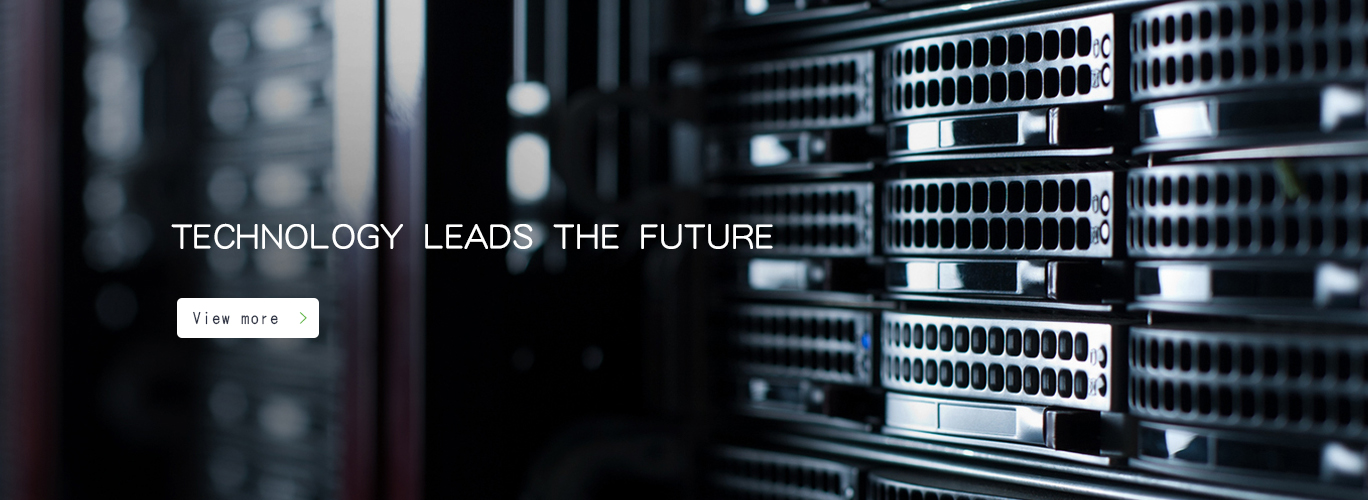News
Contact us
name:Suzhou Cycas microelectronics co.,ltd
Contact person:Mrs guan 18951133367
Tel:0512-58987901
Fax:0512-58987201
E-mail:sales@cycas.com
address:张家港经济开发区福兴路2号B06厂房1楼
1st floor, B06 building,No.2,Fuxing Road,Zhangjiagang Economic Development Zone, Jiangsu Province 215600 PRC
Url:www.cycas.com
website:en.cycas.com
The etching process can be described as the following six steps
The etching process can be described as the following six steps
Release date:2018-01-04 Author: Click:
It is well known that in the process of chip manufacturing, the formation of the surface pattern of the silicon wafer mainly relies on two major modules of photolithography and etching. The purpose of lithography is to form the desired photoresist pattern on the surface of the wafer, followed by etching to precisely transfer the pattern of photoresist to the film layer on the substrate or substrate. As feature size requirements become smaller and smaller, the requirements for lithography and etching are increasing. Usually an etching process contains the following characteristics:
Good etch rate uniformity (Uniformity), not only in-wafer uniformity (Wafer to Wafer), between batch to batch (Lot to Lot).
With High Selectivity, the etch rate of the material being etched is much greater than the loss rate of the photoresist and substrate.
Residue Free, non-volatile, difficult to remove etch by-products and particles should not be formed during the etching process.
Damage Free, ie no electrical damage or plasma damage to the substrate, film and device during the etching process.
It does not make the photoresist difficult to remove after the etching is completed.
Controlled good side profile.
Good Dimension Control
Etching Rate to ensure the amount of film flow.
Plasma dry etching usually has three forms: plasma etching, ion bombardment, and two forms of reactive reactive ion etching (Reactive Ion Etching). The following table gives a comparison of the characteristics of the three etchings.
As the name implies, ion bombardment uses high-energy inert gas ions to bombard the surface of the silicon wafer to achieve the effect of sputter etching. Because of this method, very small feature sizes and vertical sidewall topography can be obtained. This is a "universal" etching method that can form patterns on any material, such as titanium, gold, etc. Unfortunately, ion bombardment has its Achilles heel: the etching rate is low and the selectivity is poor, which can reach 3:1. It is rare.
The advantages of plasma etching are not only the rapid etch rate but also the good physical morphology, and the high selectivity of the photoresist and substrate can be achieved by the choice of reactive gases. However, because the whole process is completely chemical reaction, the etching of the material is isotropic. As the process size continues to shrink, this shortcoming becomes more and more conspicuous, which makes its application more and more restricted, and is generally only used for An Ashing process that does not require a feature topography.
Reactive ion etching is a combination of the above two etching methods, which utilizes a chemically reactive gas to produce chemically active groups and ions. The high-energy ions accelerated by the electric field bombard the etched material to produce a damaged surface, which further accelerates the reaction rate of the active etch reaction group and the material to be etched. It is this mutual reaction of chemical and physical reactions that causes the reactive ions Etching has the advantages of the above two dry etchings: good morphology control (anisotropic); higher selectivity ratio; acceptable engraving rate. It is precisely because of its superiority that it is the most widely used dry etching in the current application, so the dry etching we now refer to generally refers to reactive ion etching.
When the etching gas is introduced into the etching reaction chamber, a plasma glow discharge is generated under the action of the radio frequency electric field, and the reaction gas is decomposed into various neutral chemically active groups, molecules, electrons, ions; due to electrons and ions The difference in mass allows lighter-weight electrons to respond to changes in the RF electric field without ions, which is the difference in the negative bias voltage Vdc (Negative DC bias) on the electrode, and the ion bombards the silicon wafer under the acceleration of the negative bias. The surface forms reactive ion etching; a continuous dry etching must satisfy these conditions: an active source of free radicals in the reaction chamber; the silicon wafer must be close enough to the plasma so that the reactive groups can diffuse to its surface; The reactants should be adsorbed by the surface of the wafer to continue the chemical reaction; the volatile product should be desorbed from the surface of the wafer and pumped out of the reaction chamber. At the end of any of the above conditions, the etching process is interrupted. The specific process of plasma etching can be described as the following six steps:
1. the production of etching materials;
The RF power source is applied to a reaction chamber filled with an etch gas to generate electrons, ions, and reactive groups by plasma glow discharge.
2. The etched material diffuses to the surface of the silicon wafer;
3. The etching material is adsorbed on the surface of the silicon wafer;
4. The etched material and the surface of the silicon wafer are reacted by the etched material under ion bombardment;
5. The by-product of the etching reaction is desorbed off the surface of the silicon wafer by ion bombardment;
6. Volatile etching by-products and other substances not participating in the reaction are pumped out of the reaction chamber by a vacuum pump;
There are many parameters affecting the etching process throughout the process, the most important of which are: pressure, gas ratio, gas flow rate, and RF power. In addition, the position of the silicon wafer and the structure of the etching device are also related to the etching process. Therefore, in actual production, different equipments are designed for different etching film equipment manufacturers, and different gas ratios are provided to meet the process requirements.

